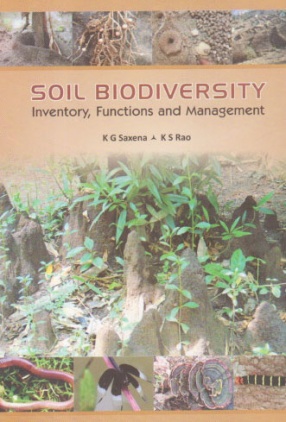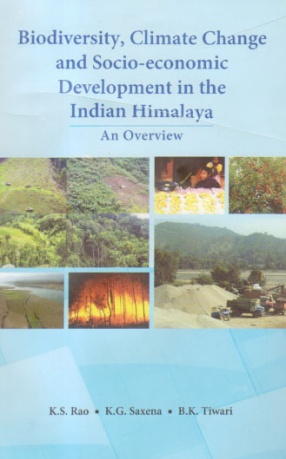To resolve the agrarian question a complex experimentation of tremendous historical significance is being carried out in the Indian rural society. From the view point of mass politics of rural India the land question continues to assume increasing significance. This can be clearly seen, even now in the peasant unrest looming large in different parts of rural India. In this context it is necessary to reopen the debate on why land reforms should still be considered as one of the prime development policy initiative to break the vicious circle of poverty and under development. Land reforms in itself, "confining to land redistribution to landless and semi-landless", is not a solution unless it is supported by a comprehensive agrarian reform programme providing proper institutional and infrastructural strength to the agrarian sector. So there is a genuine need for more integrated, decentralized and regional specific agrarian reforms to introduce egalitarian social relations in the rural areas. This study presumes political economy as its theoretical perspective and methodological approach. For the purpose data from primary sources, from village case studies, and secondary sources, from earlier scholastic works on the agrarian transition, had been used. Apart from this an in-built observation method is followed to understand the agrarian change process over a period of four decades in the selected villages. Apart from separate chapters on introduction and conclusion, this volume is organized into four chapters, supported by nine appendices to the main work. Agrarian question is unresolved social contradiction not only in rural Telangana but also in rural India. An analysis of the experience of rural Telangana reveals that, the prime mover of agrarian change is the internal contradictions of the agrarian society, the external forces of intervention in the forms of militant peasant struggles or state policy initiatives – either speedened or slowed down the process of agrarian change. Unless land reform measures of a fundamental nature especially tenancy reforms and ceiling on agricultural land holdings as part of the comprehensive agrarian reform programme is implemented, either by the state or by the organized agrarian struggle or by both together, focussing on clear objective of facilitating the emergence of "dynamic, technically resilient and market oriented small peasant agrarian economy", the successful agrarian transformation in rural areas can not be completed. The most crucial aspect of the agrarian transition is a strong state with commitment to act against feudal and semi-feudal interests and consciously organized peasantry can only assure the successful agrarian transformation in rural India.
Soil Biodiversity: Inventory Functions and Management
Soil biodiversity emerged as ...
$151.20
$168.00








There are no reviews yet.